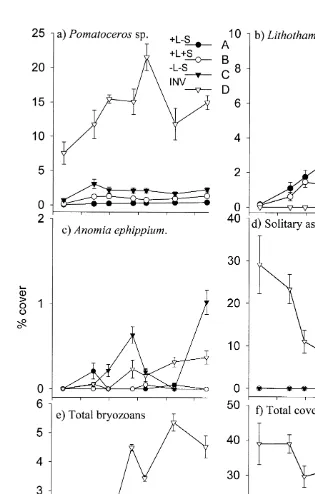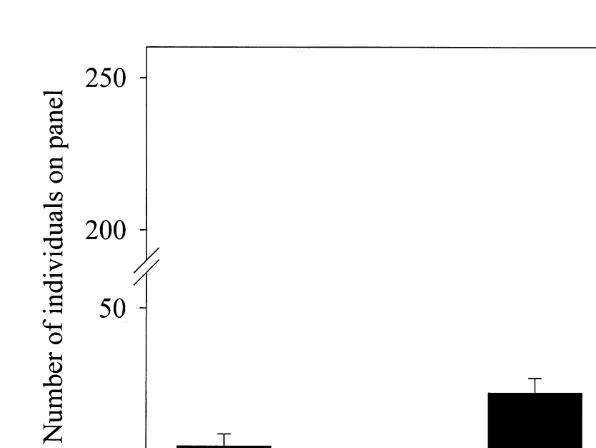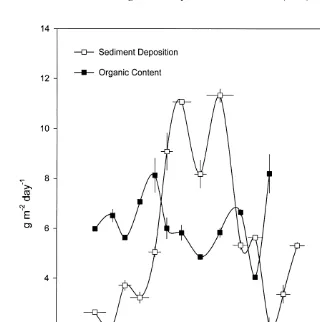Directory UMM :Data Elmu:jurnal:J-a:Journal of Experimental Marine Biology and Ecology:Vol256.Issue1.Jan2001:
Teks penuh
Gambar
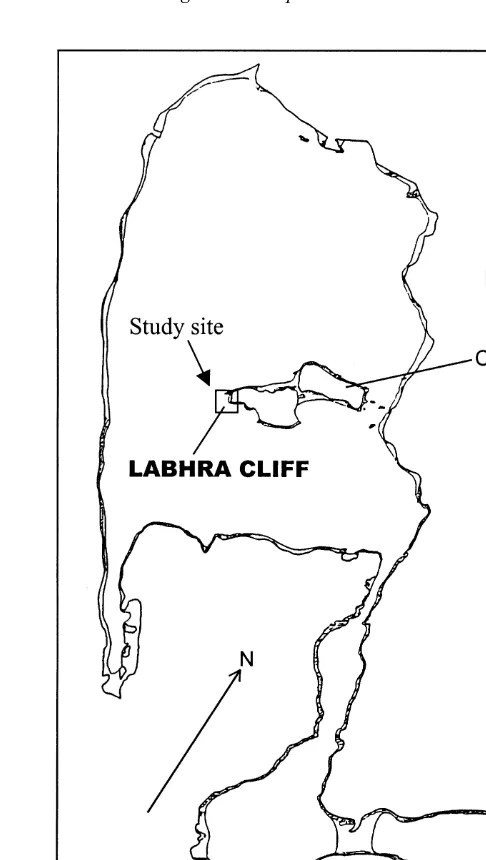
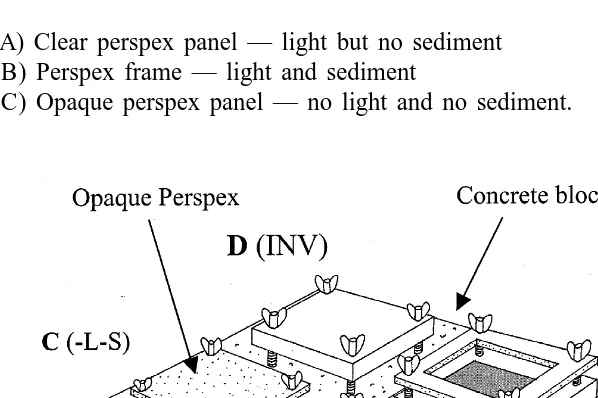


Dokumen terkait
Effects of dietary vitamin K on survival, growth, and tissue concentrations of phylloquinone (PK) and menaquinone-4 (MK-4) for juvenile abalone, Haliotis discus. hannai
Therefore, for walleye pollock larvae, respiration rate increased about two fold with size (dry weight), and the effect of light on respiration rate was size dependent with
Females of copulatory sculpins have no fertilized eggs in their ovaries, because their eggs only associate with spermatozoa in the ovary and fertilization occurs externally
By the end of this experiment (60 days post-placement), nematodes and the total meiofauna showed significantly positive responses to the addition of detritus in terms of their
These results show that juvenile hormone increases mictic female production under optimum and sub-optimum food levels, whereas 5-HT increases both mictic female production at low
In both species, ammonia excretion rates showed a small range of variation between 10 and 158C but increased markedly at the highest temperature tested (Table 1).. The
The average salinity at the site where the present nematode populations were isolated is close to 15‰, and the present data suggest that both species can maintain (near)
Fern xylem offers many distinctive features: (1) presence of numerous vessels and various numbers of tracheids in most species; (2) presence of vessels in both roots and rhizomes
